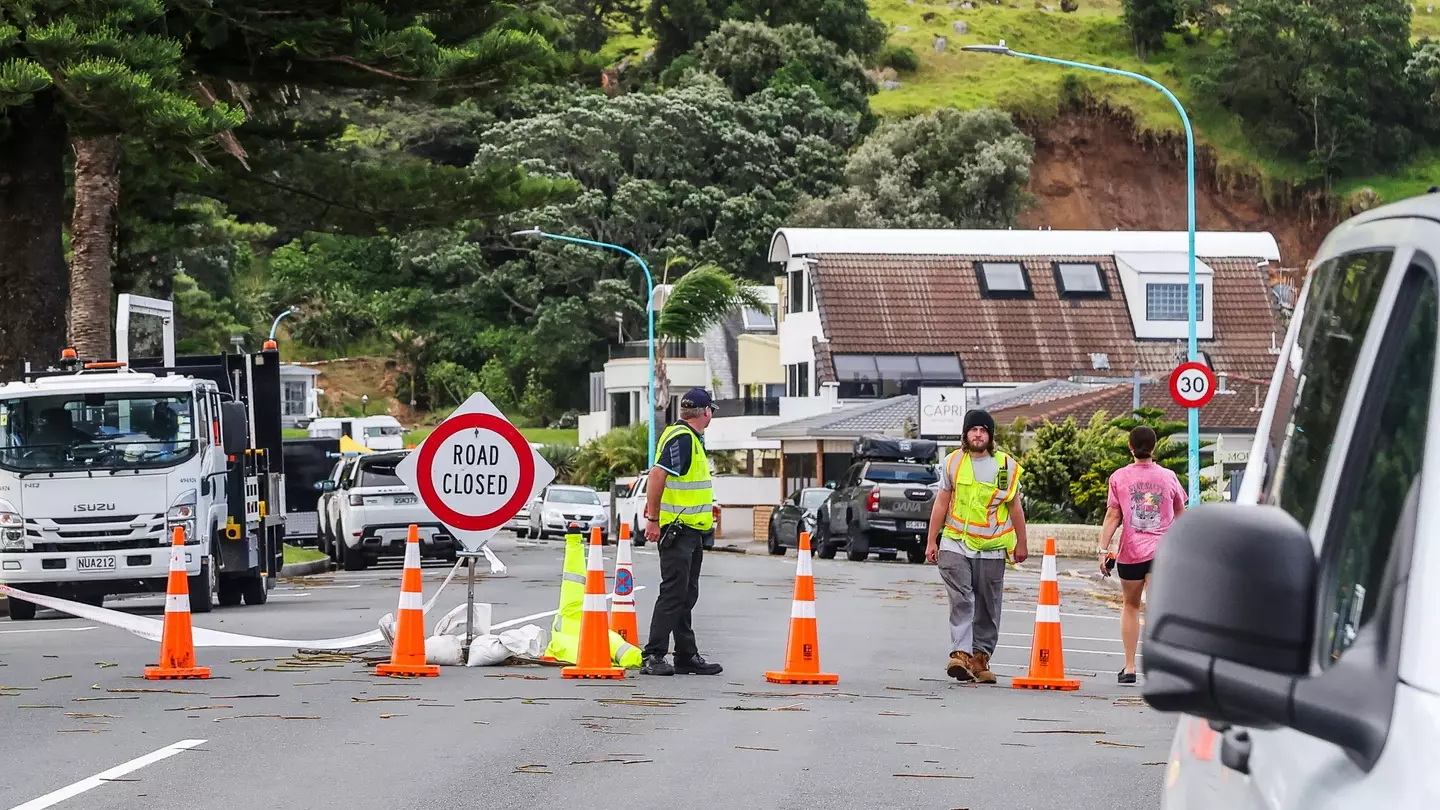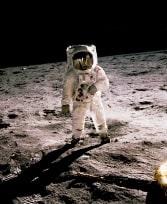
Today


The couple are now desperately trying to figure out what happened to their biological embryos

"This is a hard job, and it requires new energy, new vision all the time."

The five-year-old boy is one of four children to allegedly be detained in the same Minnesota school district

The actor has spoken out in a new interview after a quip on Instagram sparked controversy

The 19-year-old reportedly met the woman on social media.

Cruz Beckham has weighed in after social media filled with memes about his mom

Renee Good's family is being represented by the same law firm which supported George Floyd's loved ones

Despite the joy of welcoming another life into the world, the keyboard warriors came

Emergency minister Mark Mitchell has described damage on New Zealand's east coast as being 'like a warzone'

She said there's 'no deal without having Greenland as part of the negotiations'

It is believed the deal could potentially see the US take ownership of small pockets of land in the arctic nation.
Yesterday

Trump addressed the World Economic Forum in a second speech on Wednesday where he once again made reference to himself as a 'dictator'

Multiple neurologists have highlighted simple things you should not ignore

The sex position was searched over 400,000 times in 2025

The storm is set to hit parts of the US this week

The mother couldn't believe the news when doctors finally understood what had happened

Paris Hilton believes she will 'never heal' after the tape was leaked over 20 years ago

Dangerous road conditions are expected from Friday

One is 'a surprisingly good point' which many probably haven't considered...

Taylor Swift and Blake Lively had honest heart-to-hearts about their friendship

The children were last seen in May at their home in Nova Scotia

Dallas Pokornik was detained in Panama last October

Jennifer Lawrence reflected on the fuss that was caused over her Kourtney Kardashian comments







